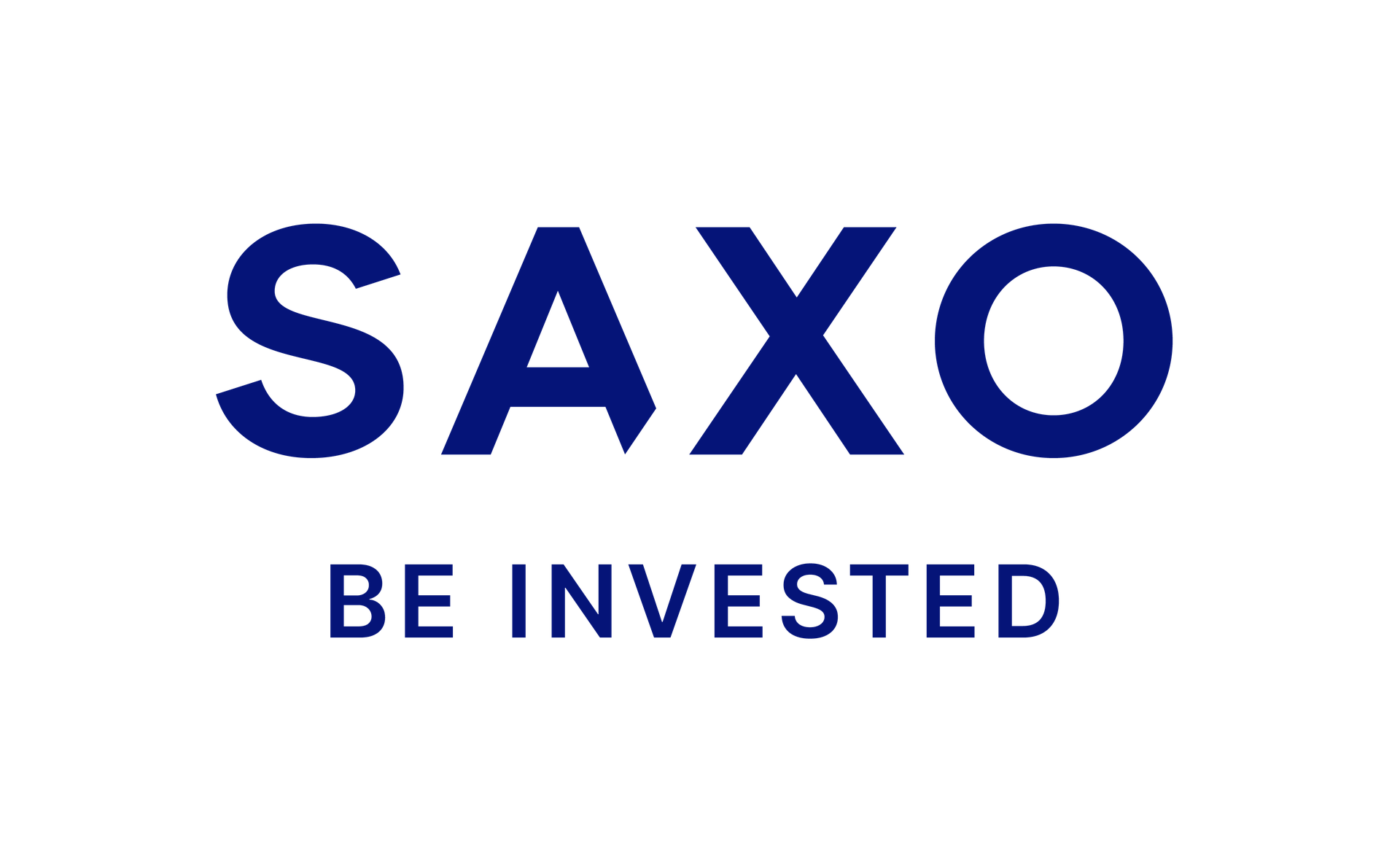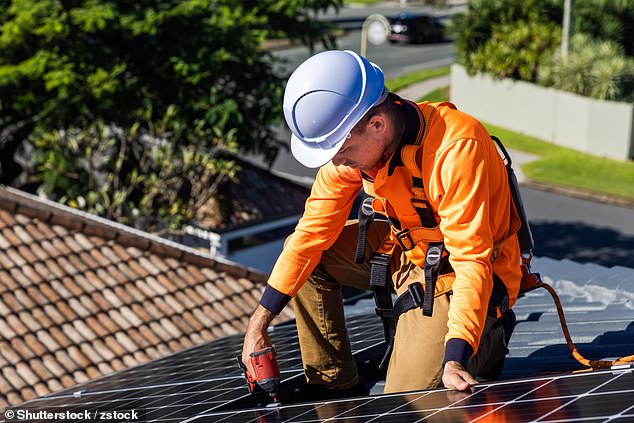Table of Contents
- Consumers have installed fewer solar panels in 2024, experts reveal
- But overall, the rise of solar power continues, with nearly 5% of homes having it.
The number of solar panels installed on British homes has fallen by 19 per cent since last year, according to analysis by Coventry Building Society.
More than 80,000 solar panels were installed on homes during the first seven months of 2024, a 19 percent reduction from the 106,000 installed during the same period in 2023.
The drop in installations in 2024 could be due to the UK having its coldest summer since 2015, while 2023 was one of the warmest summers on record.
In 2023, the rate of solar panel installations on UK homes hit a seven-year high, with more than 165,000 new installations between January and December.
Take advantage of the good weather: Solar panels offer the opportunity to get big discounts on your electricity bill, and can even be cost effective, although consumers will have to factor in installation costs.
However, 2024 remains the year with the second highest number of installations since 2015.
According to government figures, by June 2024 around 1.4 million UK homes had solar panels, almost 5 per cent.
Sophie Mason, from Coventry BS, said: ‘The lack of a British summer may not have put solar panels at the top of everyone’s to-do list, but they are still proving to be a popular investment.
‘This year, more than 400 solar panels have been installed on homes every day on average, which represents a clear increase compared to the same period five years ago.’
It typically costs between £5000 and £6000 to purchase and install an average 4kW solar panel array on a property.
The year with the highest number of solar panel installations on record was 2011, when 200,589 panels were installed; this occurred after the launch of the feed-in tariff (FIT) scheme in 2010.
The FIT program was a government initiative that paid solar panel owners for unused electricity they sold back to the grid.
It closed to new applications in April 2019, although owners who have already signed up continue to receive payments until their contract ends, typically 20 to 25 years after applying.
In June 2019, the government launched the Smart Export Guarantee (SEG), which also compensates homeowners for selling excess renewable energy back to the grid.
But the two schemes differ in their details: for example, the FIT pays a single rate to all registrants, while the SEG rate depends on what individual energy companies want to pay.
SAVE MONEY, EARN MONEY

Boosting investment

Boosting investment
5.09% cash for Isa investors

Cash Isa at 4.92%

Cash Isa at 4.92%
Includes 0.88% bonus for one year

Free stock offer

Free stock offer
No account fees and free stock trading

4.84% cash Isa

4.84% cash Isa
Flexible ISA now accepting transfers

Transaction fee refund

Transaction fee refund
Get £200 back in trading commissions
Affiliate links: If you purchase a product This is Money may earn a commission. These offers are chosen by our editorial team as we believe they are worth highlighting. This does not affect our editorial independence.



